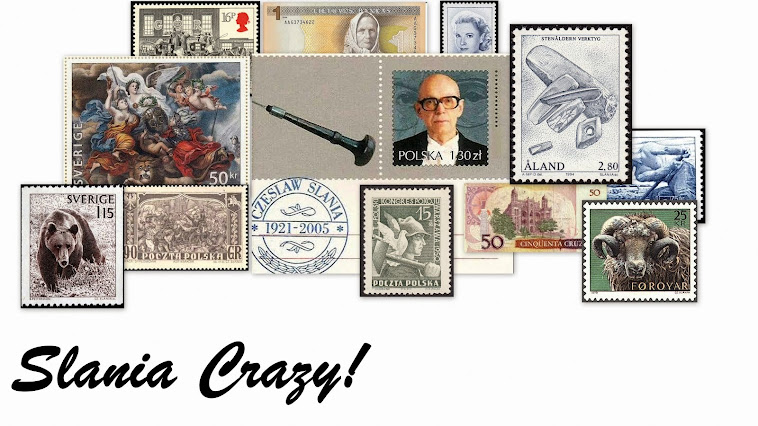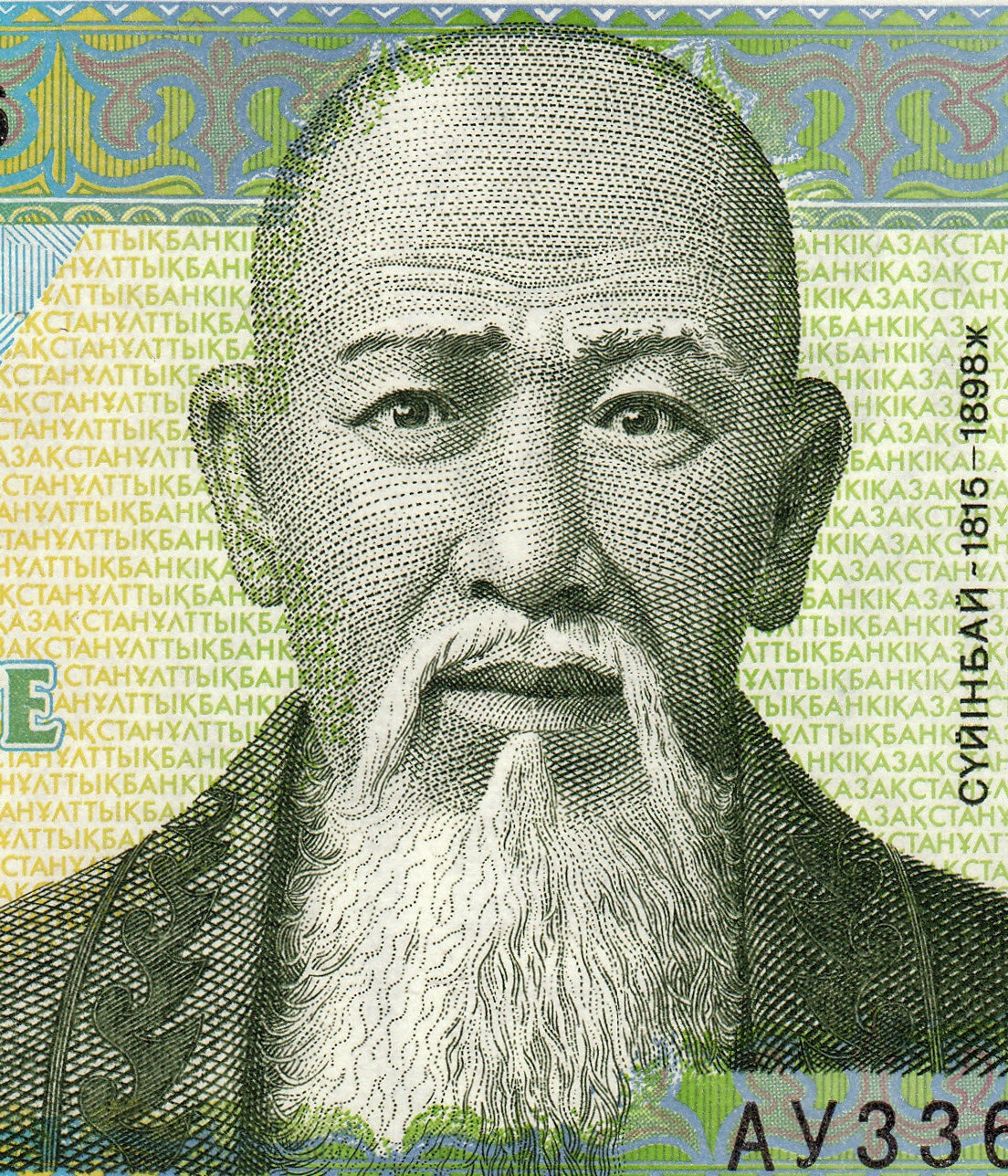So what country did I choose? I got a couple of replies on my question and both were right. Well done guys! The answer is... Iceland. I chose Iceland because it had nice range of ships on stamps, and I was particularly interested in the lovely mini-sheets available. The majority of those are beautiful antique style maps. With all that being said, let's get down to the interesting stuff...
In 1969 Czeslaw Slania began a collaboration with the postal authority of Iceland. During his time working with Iceland, which continued until 1991, Slania produced some gorgeous stamps and mini-sheets. The first stamps Slania engraved for Iceland commemorated the centenary of the first Nordic postal co-operation and the fiftieth anniversary of Norden Association, which is basically a confederation of five Nordic countries. For further information click HERE.
The design of the stamps to commemorate the dual event was based on coins from the period dating c. 825 which depict Viking commercial ships. Below is an example of the types of coins used for the stamp design.
 |
| Image from: http://www.bbc.co.uk/schools/primaryhistory/vikings/vikings_at_sea/ |
You will notice that there are five Viking ships in the design. These represent the five countries involved in the Norden Association - Iceland, Denmark, Sweden, Norway and Finland. The use of Viking commercial ships is a symbol of the unifying factor between these countries - the Vikings. The design, I think you'll agree, is simple yet rather elegant ... and it contains ships (what could be better than that!).
Interestingly this design was used by the five Nordic countries mentioned above. Of the five Slania engraved the stamps for two countries Iceland and Denmark. Now I have to track down the Denmark stamps! This collecting caper never ends LOL!
Usually I end my blogs at this point, but I thought the Viking theme made for a good opportunity to tell you about one of my other passions, building model wooden ships. Presently I am working on a model of a Viking ship by Artesania Latina. Here's a photo of the ship so far - it is FAR from complete, so be kind :)
I am also currently working on HMS Supply, a ship from the First Fleet. I don't have an up to date image yet. Perhaps I'll add one later.
Until next time...
Stay Slania Crazy!























.jpg)


.jpg)



.jpg)
.jpg)

.jpg)
